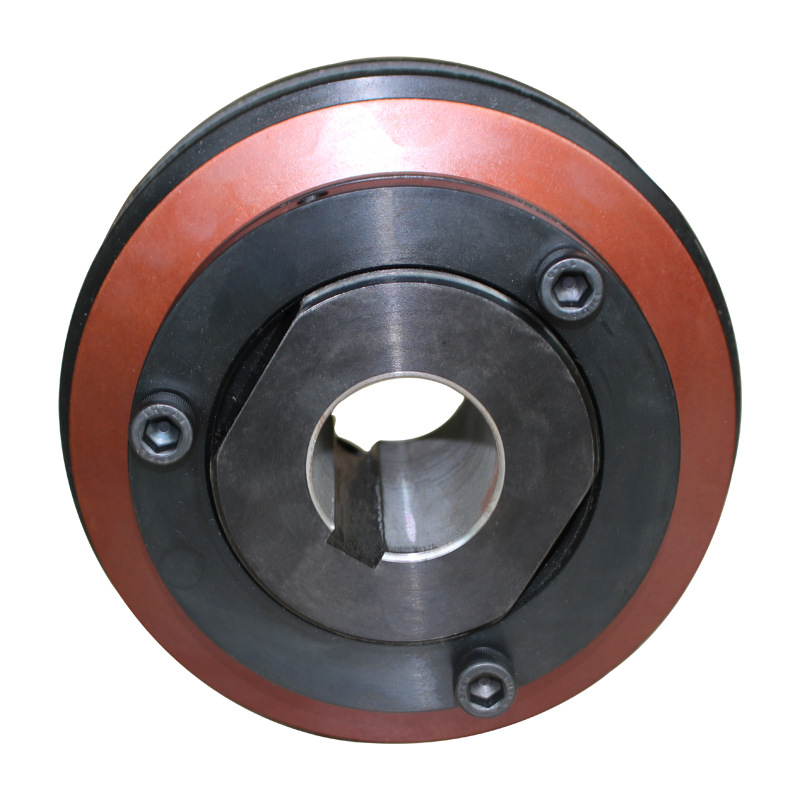
High-Performance Gear Systems | Custom Solutions for Heavy-Duty Applications
Browse our precision-engineered gearboxes, hydraulic spindles, and cast housings – designed for extreme durability, 30% longer lifespan, and seamless OEM integration.A torque limiter is a crucial mechanical device designed to protect machinery from damage caused by torque overloads. It acts as a safety clutch by disengaging or slipping when the torque exceeds a predetermined limit, thereby preventing costly repairs, downtime, and equipment failure. Torque limiters are widely used in various industries, including manufacturing, automotive, aerospace, and robotics, to ensure operational safety and longevity of systems.
These devices come in different types, such as ball detent, friction, magnetic, and shear pin torque limiters, each suited for specific applications based on their torque range, response time, and reset capabilities. By integrating a torque limiter into your system, you can enhance reliability, reduce maintenance costs, and improve overall productivity.
Our torque limiters are engineered with precision and durability in mind, offering superior performance in demanding environments. Below are some standout features:
Our torque limiters are available in multiple models to cater to different torque requirements and applications. The parameters below provide a comprehensive overview of our product range.
| Model | Torque Range (Nm) | Accuracy | Max Speed (RPM) | Reset Type | Weight (kg) | Material | Operating Temperature (°C) |
|---|---|---|---|---|---|---|---|
| TL-100 | 5-50 | ±5% | 3000 | Manual | 0.5 | Steel | -20 to 80 |
| TL-200 | 50-200 | ±3% | 2500 | Automatic | 1.2 | Alloy | -30 to 100 |
| TL-300 | 200-500 | ±2% | 2000 | Automatic | 2.5 | Hardened Steel | -40 to 120 |
| TL-400 | 500-1000 | ±1% | 1500 | Manual | 4.0 | Stainless Steel | -50 to 150 |
| TL-500 | 1000-2000 | ±1% | 1000 | Automatic | 6.0 | Titanium Alloy | -60 to 200 |
These parameters ensure that you can select the appropriate torque limiter based on your specific needs, whether for light-duty applications or heavy industrial machinery.
Torque limiters are versatile devices used in numerous industries to safeguard equipment. Common applications include:
By incorporating torque limiters, these industries achieve higher efficiency and reduced downtime.
Proper installation and maintenance are essential for optimal performance of torque limiters. Follow these guidelines:
Adhering to these practices will extend the lifespan of your torque limiter and ensure consistent protection.
Here are some frequently asked questions about torque limiters, answered in detail to help you understand their functionality and usage.
What is the primary function of a torque limiter?
The primary function of a torque limiter is to protect machinery and equipment from damage due to torque overloads by disengaging or slipping when the torque exceeds a set limit, thus preventing mechanical failure.
How do I choose the right torque limiter for my application?
To choose the right torque limiter, consider factors such as the required torque range, operating speed, accuracy, environmental conditions, reset type (manual or automatic), and the specific application needs. Refer to the product parameters table for guidance.
Can torque limiters be adjusted after installation?
Yes, many torque limiters feature easy adjustability mechanisms that allow you to change the torque setting post-installation using tools like a torque wrench, making them flexible for different operational requirements.
What is the difference between a torque limiter and a safety clutch?
While both serve protective functions, a torque limiter specifically focuses on limiting torque to a set value and disengaging upon overload, whereas a safety clutch may include additional features like overload detection but often refers to a broader category of protective devices.
How often should I maintain my torque limiter?
Maintenance frequency depends on the operating environment and usage intensity. In general, inspect every 6-12 months for signs of wear, lubricate as needed, and test functionality annually or after any overload event.
Are torque limiters reusable after an overload event?
Yes, most torque limiters are designed to be reusable. After an overload, they can be reset manually or automatically, depending on the model, and continue to function without replacement, provided no damage occurred.
What materials are commonly used in torque limiters?
Common materials include hardened steel, alloys, stainless steel, and titanium, chosen for their strength, durability, and resistance to corrosion and high temperatures, as detailed in the product parameters.
Can torque limiters be used in high-speed applications?
Yes, but it depends on the model. Refer to the max speed (RPM) specification in the product parameters; for instance, our TL-100 supports up to 3000 RPM, making it suitable for high-speed setups.
Do torque limiters require calibration?
Yes, calibration is recommended during installation and periodically thereafter to ensure accuracy, especially if the operating conditions change or after maintenance activities.
What industries benefit most from torque limiters?
Industries such as manufacturing, automotive, aerospace, robotics, packaging, and renewable energy benefit significantly due to the need for protecting expensive equipment from torque-related damages.

Copyright © Raydafon Technology Group Co.,Limited All Rights Reserved.